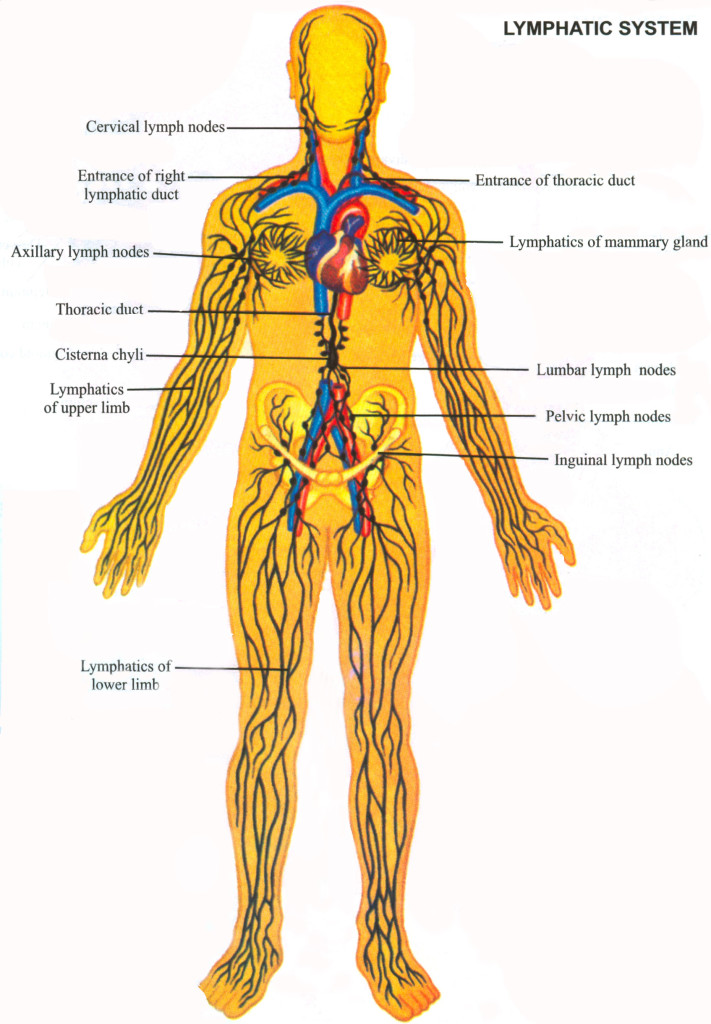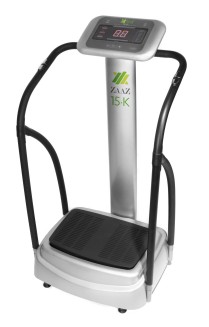Eating can be a tricky subject to begin with for many of us. Throw the Holidays in and it’s a perfect setup for New Year’s resolutions!
During this time of Holidays: Thanksgiving, Hanukkah, Solstice, Christmas, Kwanzaa and the New Year, we want to celebrate and have fun. Unfortunately, we often forget our bodies’ needs during this time, which can lead to stress and illness. There are too many opportunities to overindulge and be busy, when often at this time of year what we yearn for is peace and quiet.
Since food is a main event at these festivities, I would like to share some helpful ideas related to eating, posture and mindfulness.
If we break down the physical steps to the art of eating it may help. Most of us bring our mouths to our food rather than the food to our mouths. Observe yourself eating. Do you bend at the midsection of your back and send your mouth and chin towards the food? This puts your spine in a C curve and is not supportive of your posture, or a graceful form.
Next time you sit down to eat, experiment with bringing the food to your mouth rather than your mouth to the food. Practice sitting in a supportive posture and bringing a utensil to your mouth, letting your jaw gently open and allowing the food in. Slowing down the eating/feeding process and observing your habits brings mindfulness and allows for less indulgence and overeating: Awareness of eating brings more sensation to your body thus giving you a better sense of when you have had enough.
An unconscious habit I have observed many times at social gatherings is the tendency to mimic the posture of whomever you are speaking to. I think it is an unconscious way to non-verbally relate to others or set them at ease. If you are a really tall person talking to one shorter there is usually a pulling in and down to be on the same eye level. Or a short person talking to a taller person usually drops their head back and down and lifts the chest, leading to an unnatural extension in the spine. There are usually lots of Holiday gatherings where you can practice staying with your own body, even at an office party!
The reward will be coming out of the Holidays season with more height (or not losing what you do have), less pain, weighing the same, or less, and feeling relaxed and ready for the New Year!
Best wishes for a very joyous and peaceful holiday, whichever one you choose to celebrate!
All the Best,
Elaine

 Lucy’s Synopsis:
Lucy’s Synopsis: The way in which you might be the most familiar with the lymphatic system is in the tissue swelling (edema) and tenderness one can get during a cold, flu or after a surgery. Lymphatic massage can be beneficial towards the end cycle of illness and post-operatively, as well as helping to strengthen the immune system for those who suffer from allergies or autoimmune diseases. It is a group of gentle, relaxing massage techniques that support comfort, recovery and wellness. These techniques help increase the flow rate of lymph as it moves through the node areas, enhances lymph node function and aids in detoxification. There are many benefits of lymphatic massage. The reduction of edema is perhaps the most visually apparent benefit and has a wonderful ripple effect. Decrease of swelling supports reduction of pain, discomfort and stiffness, helps to lessen numbness and enables mobility of muscles and joint range of motion.
The way in which you might be the most familiar with the lymphatic system is in the tissue swelling (edema) and tenderness one can get during a cold, flu or after a surgery. Lymphatic massage can be beneficial towards the end cycle of illness and post-operatively, as well as helping to strengthen the immune system for those who suffer from allergies or autoimmune diseases. It is a group of gentle, relaxing massage techniques that support comfort, recovery and wellness. These techniques help increase the flow rate of lymph as it moves through the node areas, enhances lymph node function and aids in detoxification. There are many benefits of lymphatic massage. The reduction of edema is perhaps the most visually apparent benefit and has a wonderful ripple effect. Decrease of swelling supports reduction of pain, discomfort and stiffness, helps to lessen numbness and enables mobility of muscles and joint range of motion. One of the newest exercise machines, the ZAAZ, purports to move the lymphatic and circulatory systems as well as give you one hour of exercise all in 12 minutes.
One of the newest exercise machines, the ZAAZ, purports to move the lymphatic and circulatory systems as well as give you one hour of exercise all in 12 minutes. Have you ever considered the way a great athlete seems at one with what ever equipment they use, as if it were an extension of their arm or body? That’s because their brain considers it as such. There has been much research done on what is called your peripersonal space and how your brain interprets this. Peripersonal space refers to the space surrounding our body and which is within the reach of our limbs.
Have you ever considered the way a great athlete seems at one with what ever equipment they use, as if it were an extension of their arm or body? That’s because their brain considers it as such. There has been much research done on what is called your peripersonal space and how your brain interprets this. Peripersonal space refers to the space surrounding our body and which is within the reach of our limbs.